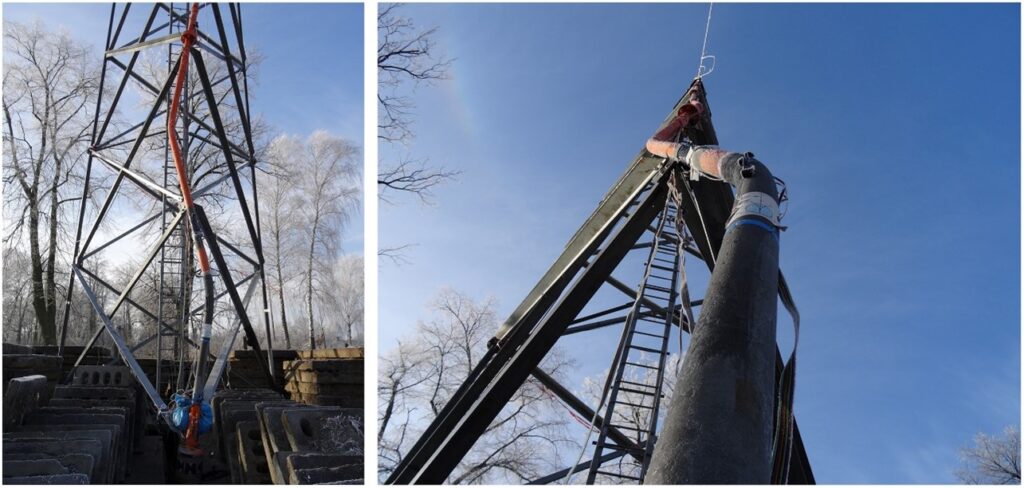For telecommunications structures, members in compression play a significant role in the overall structural behaviour. Such members are often seen in lattice towers, monopoles, tripod and quadpod braces, and ancillary support poles. Therefore, examining buckling, a standard failure mode of such elements, is always pertinent.
Buckling, a major type of instability refers to the sudden loss of stiffness at a critical load, which results in deflection to a side. Such deflections can result in material inelasticity and large deformations, leading to an unstable structure and collapse.
The various structural design codes such as AISC and Eurocodes rely on general ideas from Euler’s buckling formula to calculate strength reduction factors buckling evaluation. Eurocodes, for instance, require the calculation of a non-dimensional slenderness constant, which is then used in established buckling curves for strength reduction factors determination.
In the event of buckling design failure, we try methods of reducing effective length (mostly by reducing the unbraced length), increasing the sectional area or steel grade and finding ways of reducing load distribution to the concerned member. Since buckling failure can be catastrophic, care must be taken to ensure proper analysis and design are done to prevent avoidable structural failure.
At KA Engineering Group, we leverage our extensive engineering experience to accurately design any form of telecoms structure ranging from complex GDC to basic DD analysis. We take responsible steps to consider, advise, and optimise each site, ensuring cost-effective design, installation, and maintenance for build contractors and efficient utilization for operators. Contact our expert team at: info@ka-engroup.com to learn more and discuss how we can best serve your needs.


